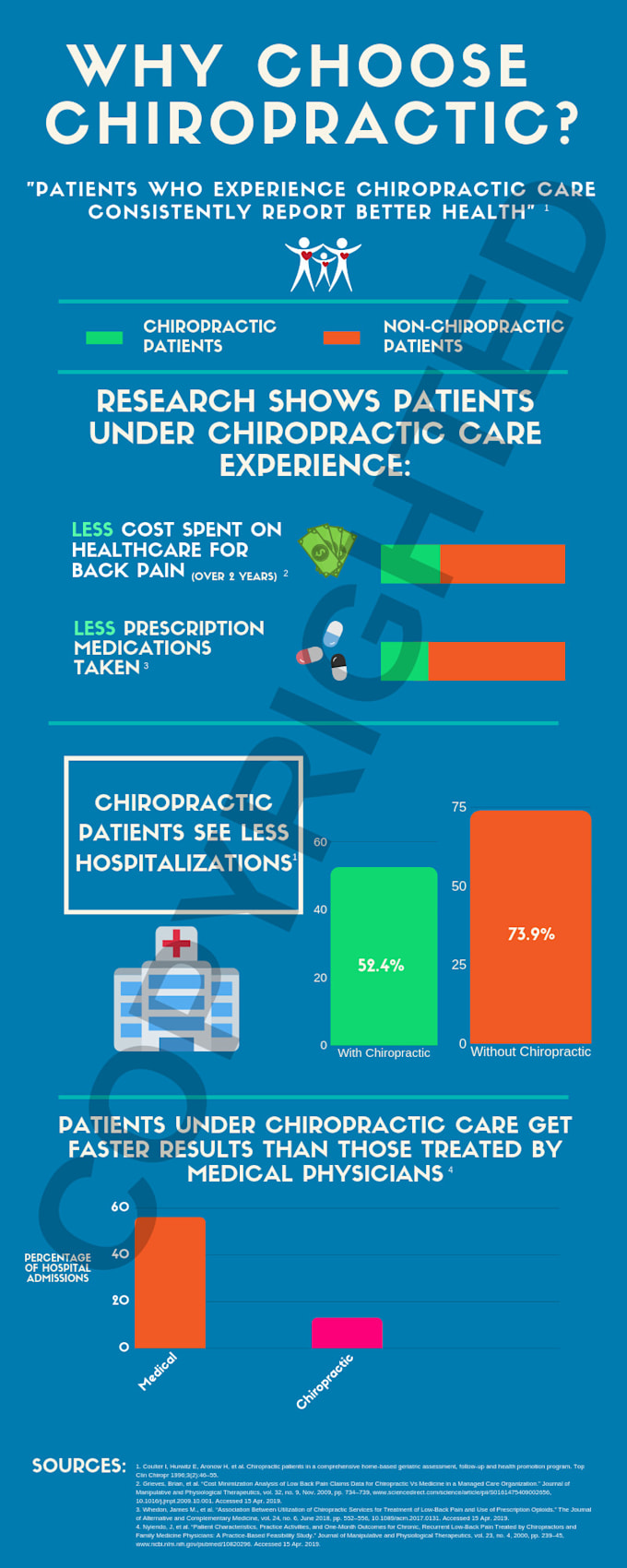Pain In The Back As An Indicator Of Health: Typical Conditions And Their Symptoms Explained
Pain In The Back As An Indicator Of Health: Typical Conditions And Their Symptoms Explained
Blog Article
Short Article By-McKay Reimer
If you're experiencing pain in the back, your body might be trying to tell you something more than simply pain. The way your back feels can provide beneficial clues regarding your general health. Recognizing the details kind of pain you're feeling and any kind of going along with signs and symptoms is vital to deciphering the mystery behind your pain. Allow's explore the typical conditions and signs connected with different sorts of neck and back pain to clarify what your body might be signaling.
Types of Back Pain
When it comes to pain in the back, there are different types that you may experience. One usual kind is muscular tissue discomfort, frequently caused by overuse, strain, or injury to the muscles and ligaments supporting the spine. This type of discomfort can range from mild pain to serious and devastating discomfort.
An additional type is nerve pain, which can arise from problems like herniated discs or sciatica. Nerve pain frequently presents as a sharp, shooting feeling that emits down the leg.
Joint pain in the back can originate from concerns like joint inflammation or sacroiliac joint dysfunction. This sort of discomfort is typically really felt in the lower back and can be exacerbated by particular motions.
Furthermore, back pain can be related to architectural issues such as spine stenosis or vertebral fractures. Understanding the type of pain in the back you're experiencing is essential in establishing the ideal therapy and management approaches.
Common Symptoms to Watch For
Relocating beyond the different sorts of neck and back pain, it's important to acknowledge the typical symptoms that can signify underlying concerns.
Relentless back pain that aggravates with movement or during the night can show a much more severe issue. Pins and needles or prickling in the legs or feet, especially when accompanied by weakness, might indicate a nerve-related issue. If you experience sudden weight reduction together with pain in the back, it could be a sign of a much more systemic condition.
Take lenox hill weight loss of any kind of adjustments in bladder or bowel feature, as this could be connected to spinal cord compression. Fever, cools, or evening sweats in conjunction with back pain may signify an infection. Keep an eye out for pain that emits down one or both legs, potentially a sign of sciatica.
Wellness Conditions Linked to Back Pain
If you deal with back pain, it's crucial to comprehend the possible health and wellness problems linked to this discomfort. Pain in the back can be a sign of numerous underlying problems, consisting of muscle mass stress, herniated discs, osteo arthritis, spinal constriction, and also conditions like kidney stones or infections.
Muscle mass stress prevail and commonly arise from raising heavy objects or abrupt activities.
Herniated discs take place when the soft cells in between vertebrae protrudes, creating nerve irritability.
Osteoarthritis, a degenerative joint condition, can result in pain in the back as cartilage material wears down.
Back constriction, the constricting of the spinal canal, can tax nerves.
Kidney stones may trigger extreme neck and back pain if they move into the urinary system tract.
Infections like back osteomyelitis can additionally show up as neck and back pain. Recognizing these potential health and wellness conditions can help you seek suitable medical care and monitoring for your pain in the back.
Conclusion
So, following time your back harms, take notice of the type of pain and accompanying signs. Maybe https://www.chiroeco.com/professional-physical-therapy/ from your body concerning underlying health and wellness conditions like muscle pressure, nerve issues, joint troubles, and even architectural issues. By acknowledging these signs, you can take proactive actions to attend to the source of your pain in the back and improve your total wellness and wellness.
